Deep stretching refers to a form of stretching that involves holding a particular position, often involving a specific muscle group, for an extended period of time. Unlike dynamic stretching, where movements are more fluid and involve active muscle engagement, deep stretching is passive and focuses on relaxation and gradual lengthening of muscles and connective tissues.
This type of stretching is commonly associated with practices like yoga and Pilates, where poses are held for longer durations, typically ranging from 1 to 5 minutes or even longer. The goal of deep stretching is to encourage the muscles to relax and release tension, which in turn can lead to increased flexibility, improved range of motion, and reduced muscle stiffness.
Deep stretching works on the principle of allowing the body's natural responses to gradually lengthen the muscles. When you hold a stretch for an extended period, your body's stretch reflex, a protective mechanism that prevents muscles from overstretching, starts to diminish. As a result, the muscle fibers can slowly relax and elongate.
This type of stretching should be approached mindfully, slowly, and with caution, as pushing too hard or bouncing and moving quickly in a stretch can lead to injury. It's important to find a balance between feeling a gentle stretch and avoiding localized discomfort and sharp pain.
Here are three (3) yoga poses that may be considered as deep stretches:
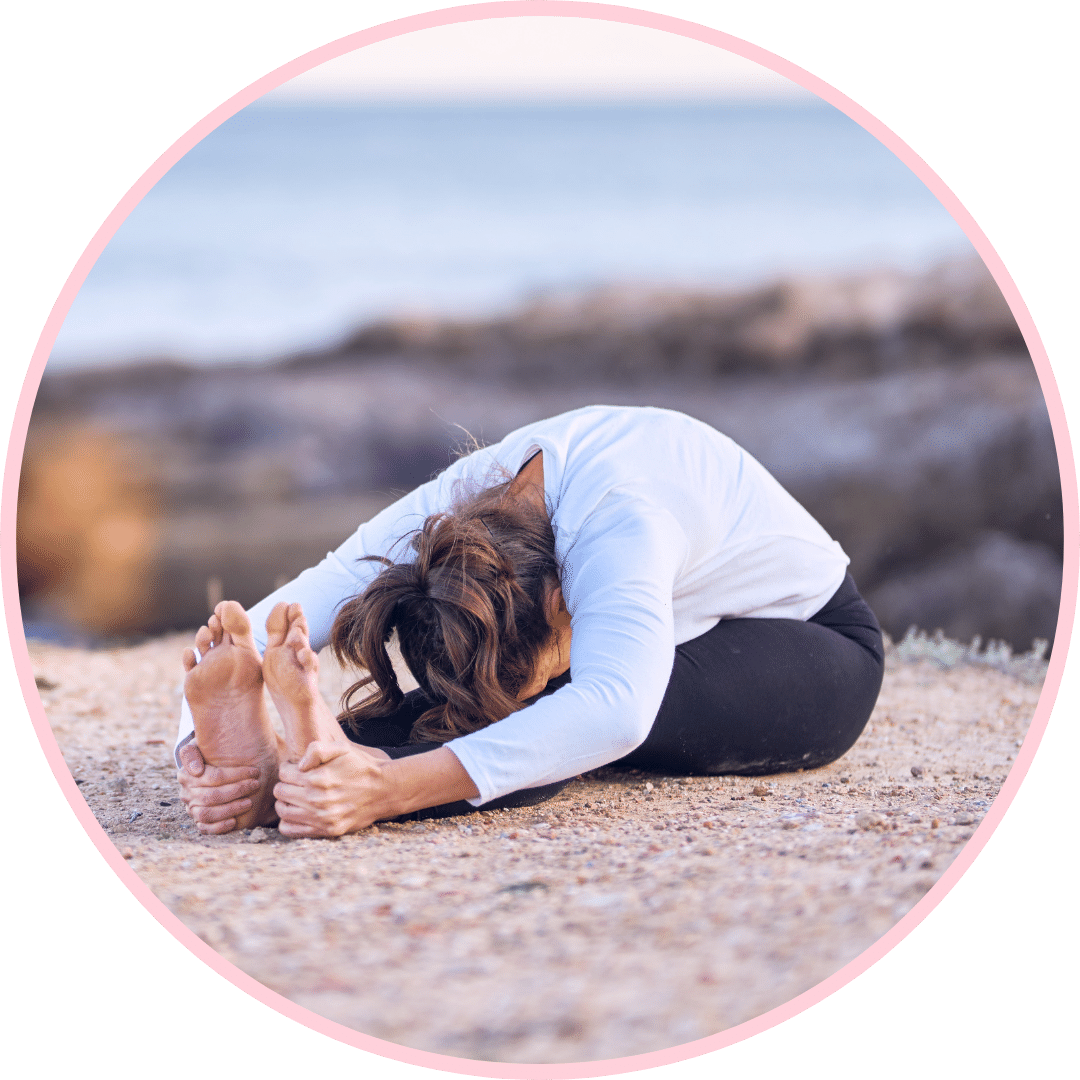 1. Seated Forward Fold
1. Seated Forward FoldSitting on the floor with legs extended and reaching towards your feet, this stretch targets the hamstrings and lower back.
 2. Pigeon Pose
2. Pigeon PoseA yoga pose that stretches the hip flexors (per side) and glutes. It involves bringing one leg forward, bent at an angle, while the other leg extends behind you.
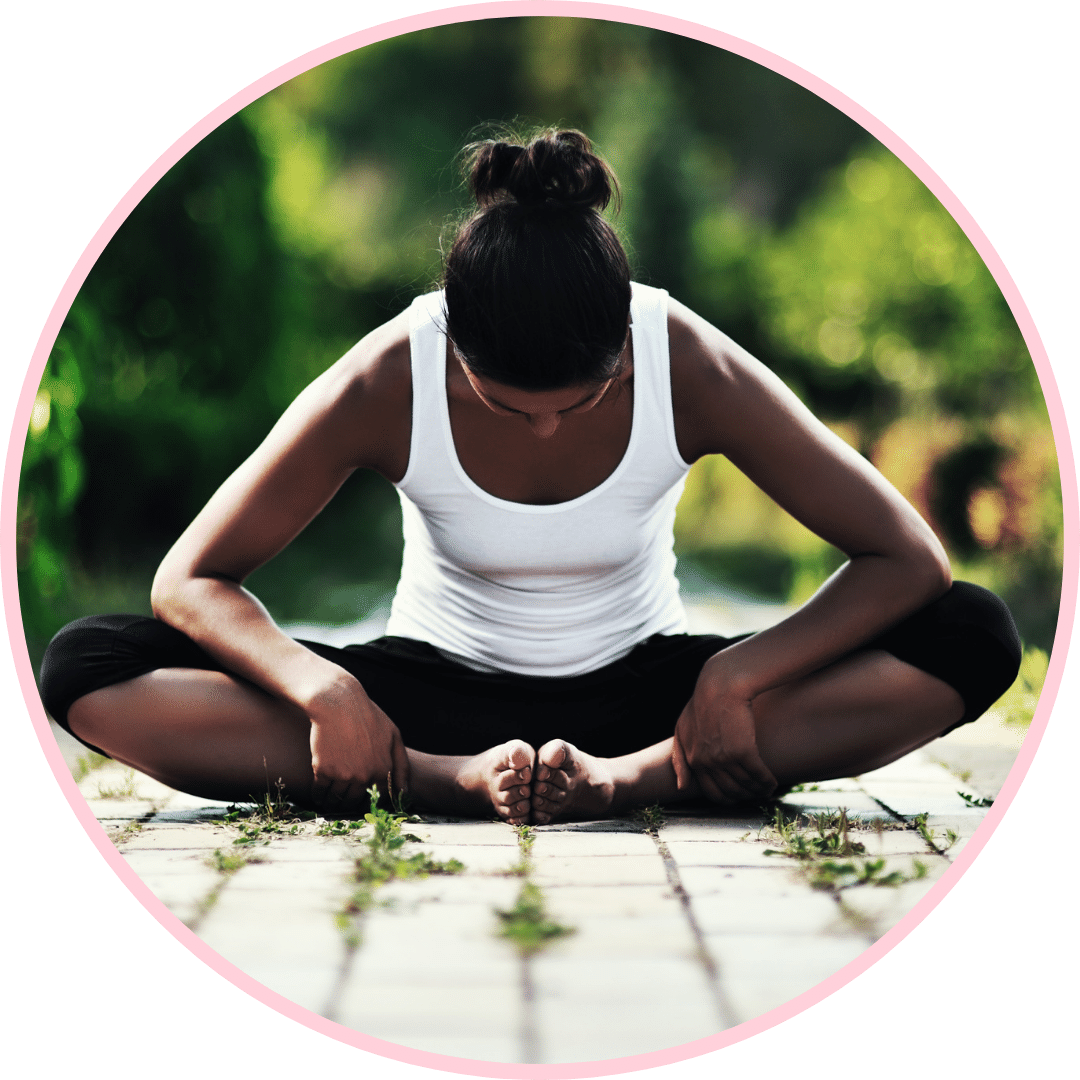 3. Butterfly Stretch
3. Butterfly StretchSitting on the floor with the soles of your feet together and gently pressing your knees towards the ground, this stretch targets the inner thighs and hips.
Deep stretching, when practiced mindfully and without force can lead to wonderful and lasting benefits. (Stay tuned for my next blog post on such benefits.)
My particular training in Restorative Yoga and the Science of Stretching help my clients achieve two sets of goals.
If you're looking for a practice for the purpose of improving flexibility, regaining basic range of motion, and recovering from physical injury, then the Science of Stretching is for you. We'll apply the 3 core principles of the Science of Stretching and I'll guide you through specific poses that specifically targets the areas that will help you improve your mobility. This kind of deep stretch practice is particularly effective when done regularly, consistently, and with repetition.
If you're looking for a practice to help you ease into meditation, practice inner work, and a deep sense of relaxation and spiritual connection, then I recommend booking a Restorative Yoga session. This kind practice is particularly effective when done with lots of props for support, clear intention, and some mood music.
Both types are accessible to any body type because of the modifications and prop supports available. As with deep stretch practices, don't expect this to build strength, endurance, and stamina. Unlike Hatha-Vinyasa and other dynamic yoga styles, these two types are especially on the static and long holds to encourage relaxation of the muscles for flexibility and mobility.
If you're new to stretching or have any existing health concerns, consider consulting a fitness professional or healthcare provider before starting a new stretching routine.
And if you're interested in either of these style, book a Discovery Call/Session with me and I"ll help you explore what's best for your current needs and help you get started. Just click HERE to book your appointment.




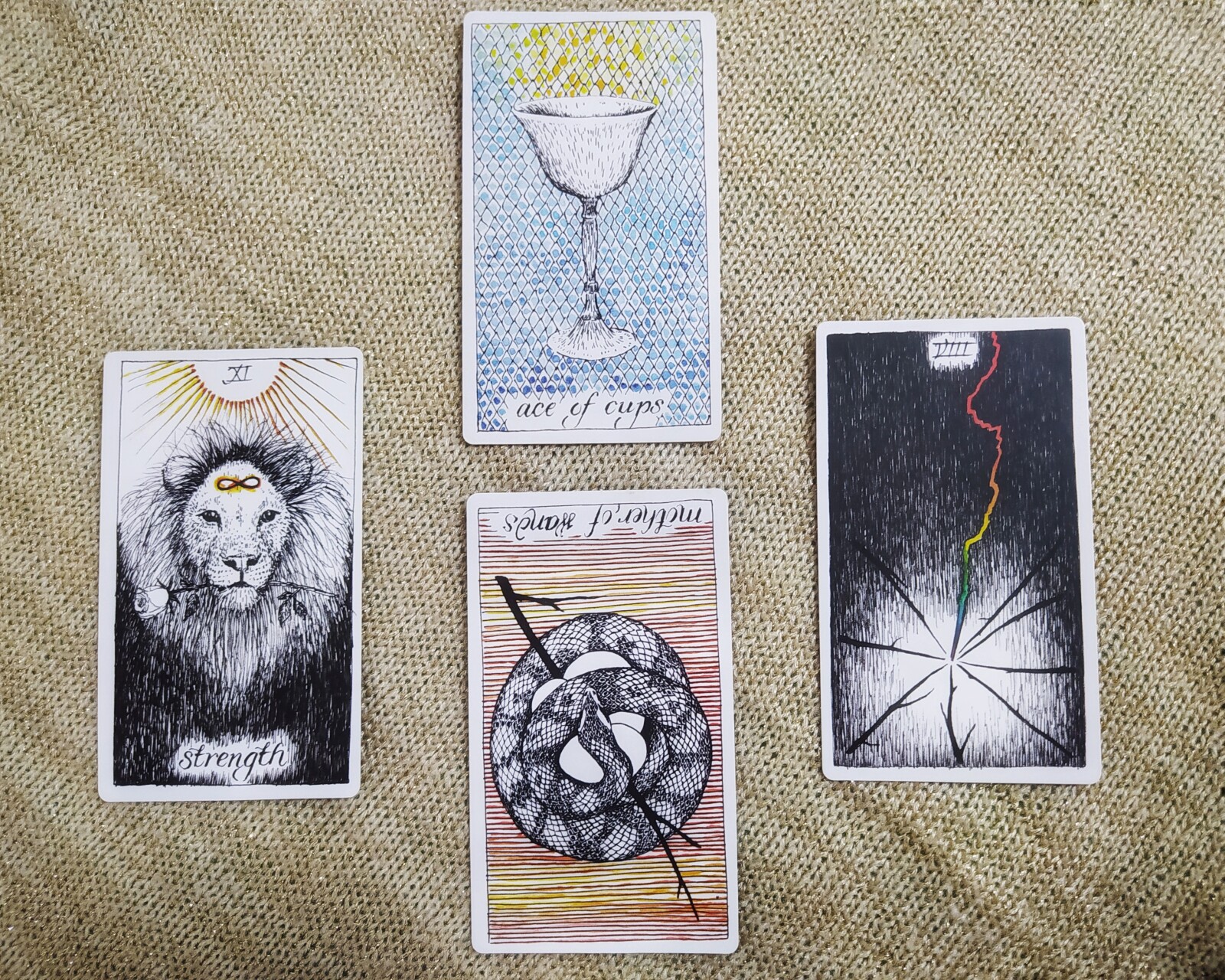
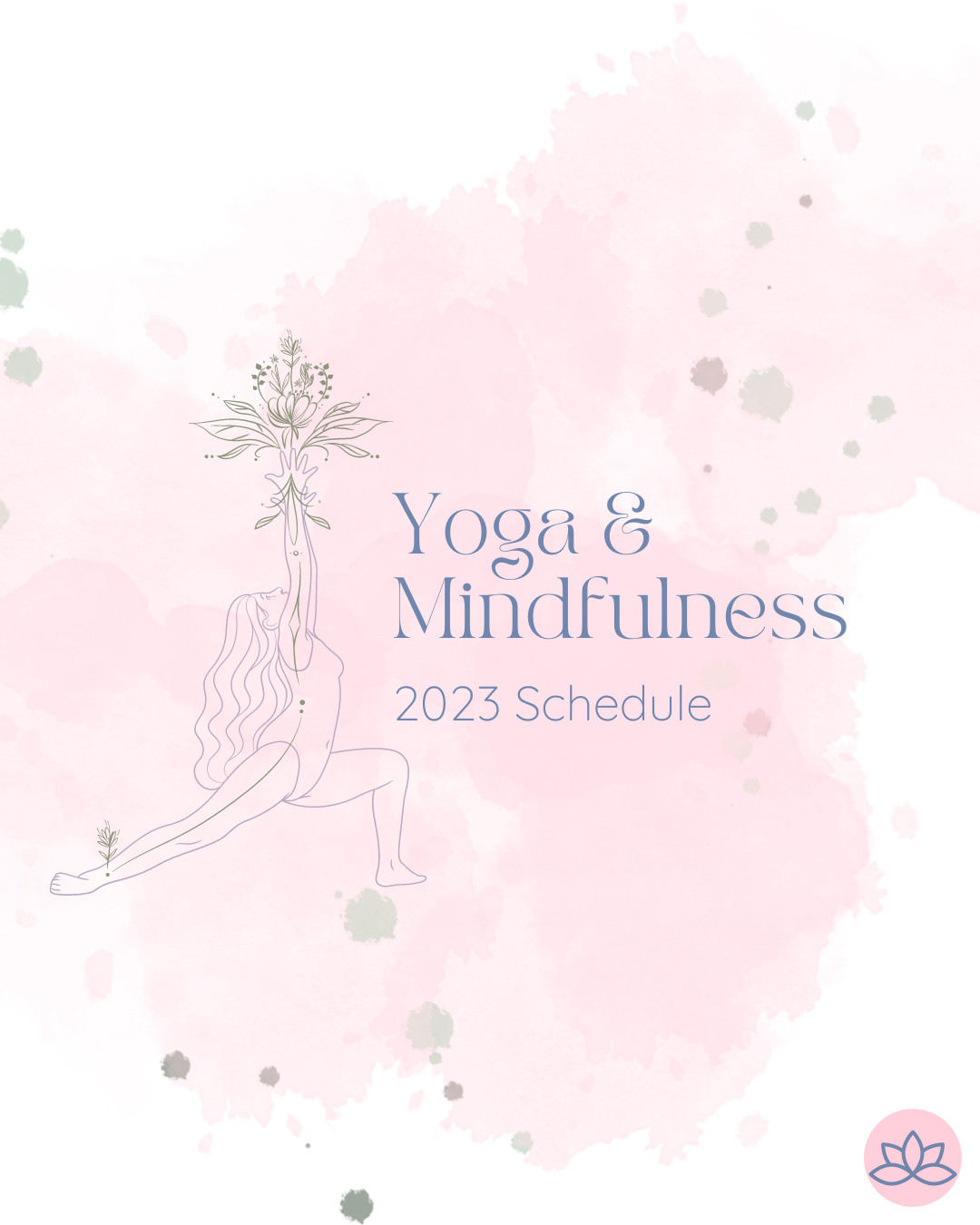
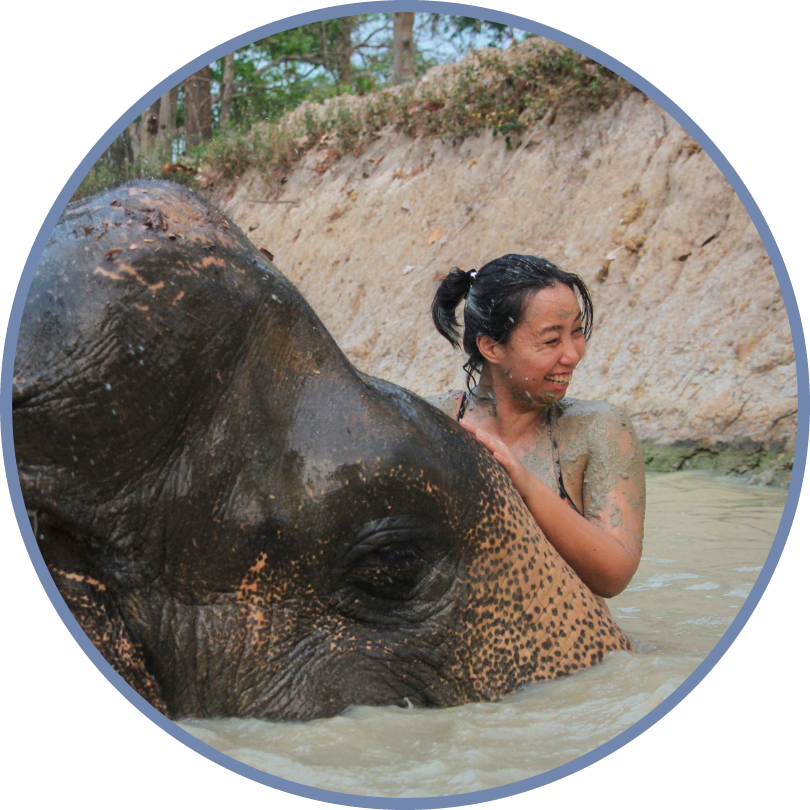


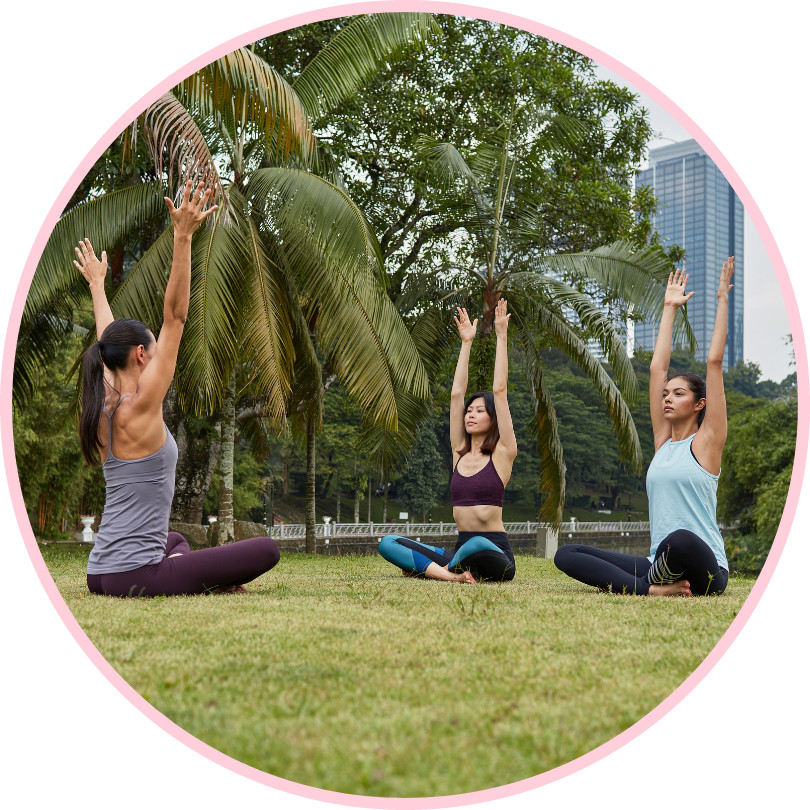
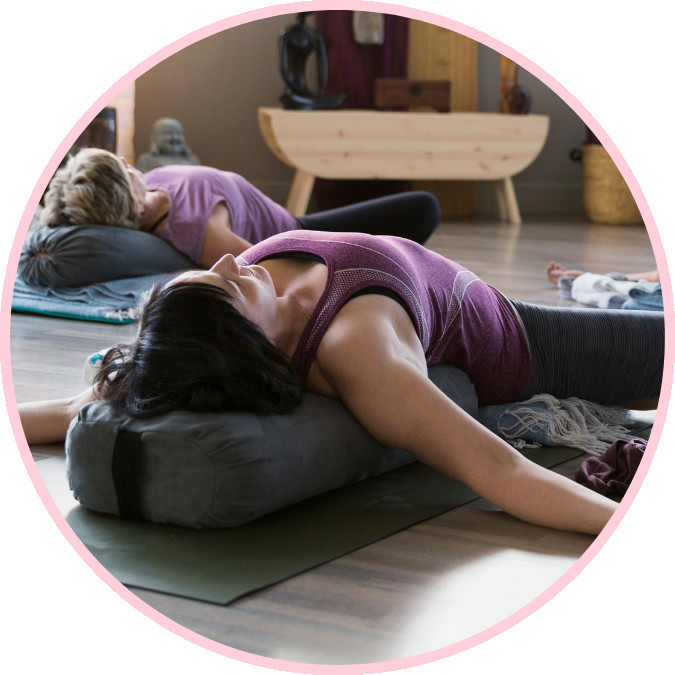
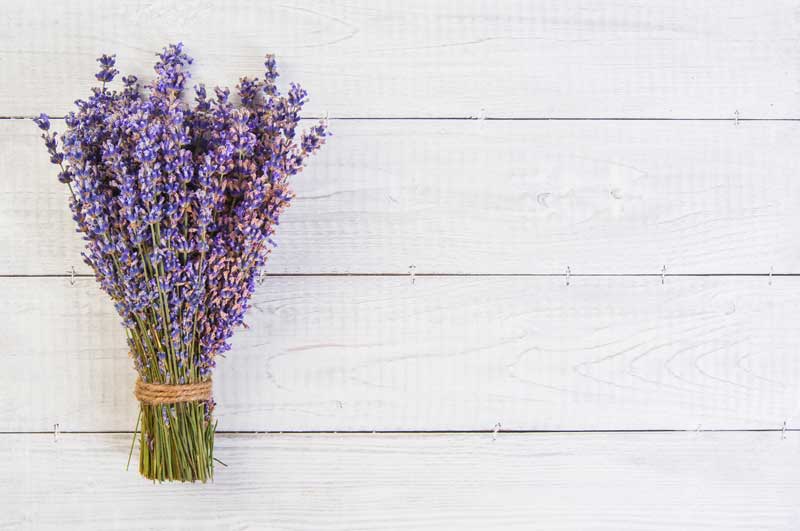
0 Comments